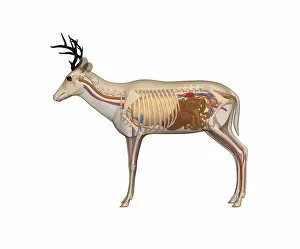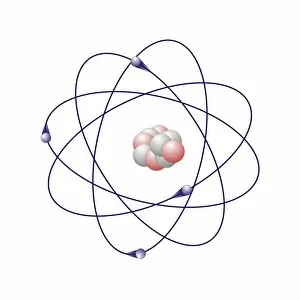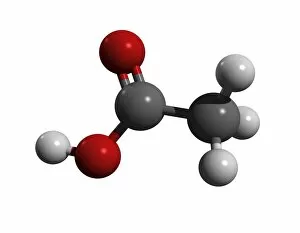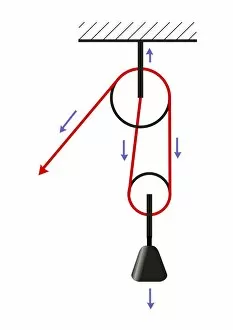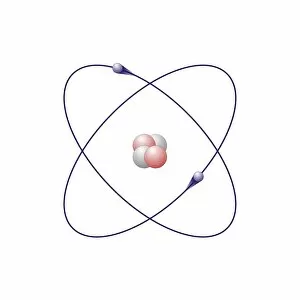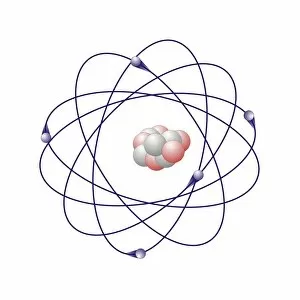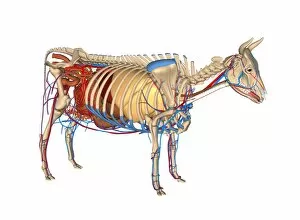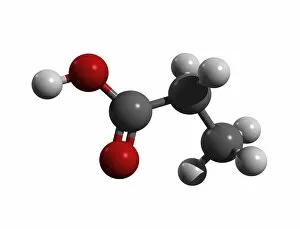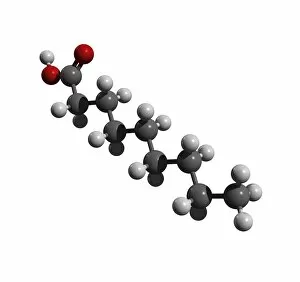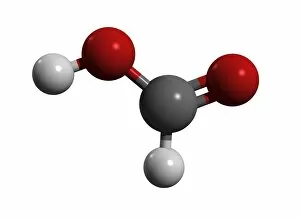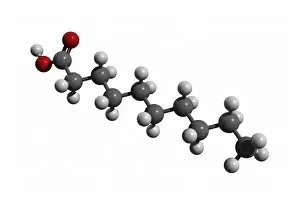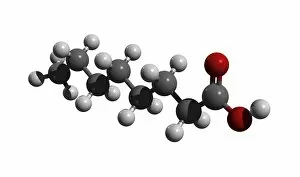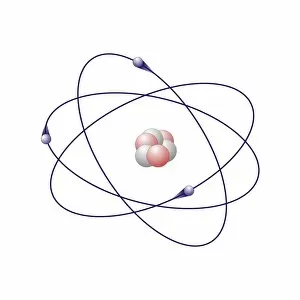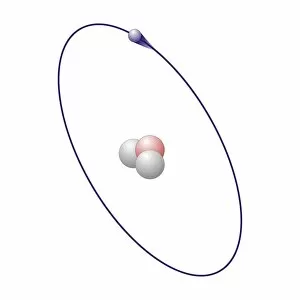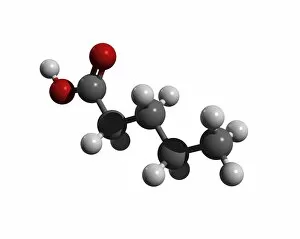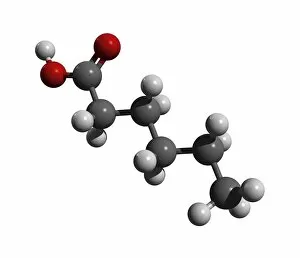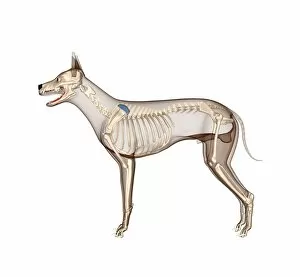Freigestelltes Collection
"Exploring the Intricacies of Nature and Science through Art: From Dog Anatomy to Atomic Models" Discover the captivating world of "freigestelltes" artwork
For sale as Licensed Images
Choose your image, Select your licence and Download the media
"Exploring the Intricacies of Nature and Science through Art: From Dog Anatomy to Atomic Models" Discover the captivating world of "freigestelltes" artwork, where intricate details of various subjects come to life. Delve into the realm of dog anatomy, as artists skillfully capture every muscle and bone, showcasing the beauty and complexity of our loyal companions. Transitioning from furry friends to majestic creatures, witness breathtaking depictions of deer anatomy. These artworks highlight their graceful forms and intricate skeletal structures that make them truly remarkable beings in nature's tapestry. Venturing further into scientific realms, immerse yourself in atomic models. Marvel at the precision with which beryllium, helium, and boron are represented – these elements' unique arrangements unlock a deeper understanding of their properties within the periodic table. But art doesn't stop at animals or science alone; it extends its reach even to everyday objects. Explore stunning renditions depicting block and tackle systems - an ingenious mechanism used for lifting heavy loads with ease – a testament to human ingenuity throughout history. Dive deeper into chemistry as artists bring molecules like propanoic acid, acetic acid, pelargonic acid, formic acid to life on canvas. Witness how these tiny particles intricately bond together forming complex structures that play crucial roles in our daily lives. Intriguingly juxtaposed against this scientific exploration is explosive artwork featuring bombs - symbolic representations reminding us both of humanity's destructive capabilities but also serving as a reminder for peacekeeping efforts worldwide. Through "freigestelltes, " we gain appreciation for both artistry and knowledge. It invites us to marvel at nature's wonders while exploring scientific concepts through creative lenses. So let your imagination soar as you embark on this visual journey encompassing dog anatomy, atomic models, chemical compounds alongside captivating wildlife illustrations – all united by artistic expression.

